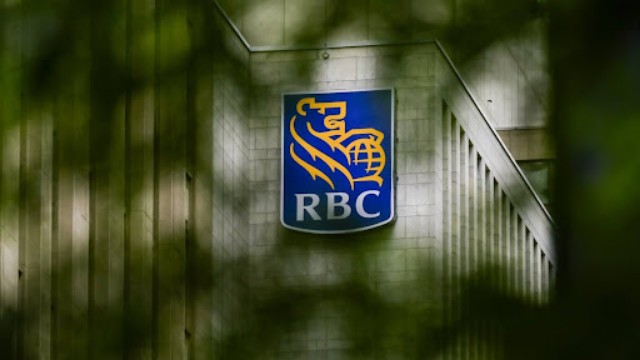
Canada is investing $72 million in a satellite constellation that will monitor active forest fires across the country. Minister of Environment and Climate Change Steven Guilbeault. Photo by The Canadian Press.
Canada is set to launch a groundbreaking wildlife satellite program to monitor forest fires across the country. The Canadian Space Agency (CSA) has announced a $72 million investment in the WildFireSat program, a satellite constellation designed to track active wildfires and predict their behavior.
The initiative will deploy seven satellites into orbit by 2029. These satellites will collect daily thermal imaging data, helping officials assess the intensity of fires and prioritize resources. According to Lisa Campbell, president of the CSA, the data will play a crucial role in managing firefighting efforts efficiently and ultimately saving lives.
Addressing Growing Wildfire Threats
Wildfires in Canada have become more severe, with a small percentage of fires causing the majority of destruction. Federal Environment Minister Steven Guilbeault linked the increasing wildfire damage to climate change. He pointed out that the annual cost of climate-related disasters has surged from $200 million fifteen years ago to $8 billion in 2024. Projections suggest it could rise to $25 billion in the near future.
A Technological Breakthrough in Fire Management
Ontario-based Spire Global Canada has been selected to develop the Canada wildlife satellite program constellation. Each satellite will be equipped with advanced infrared sensors, allowing authorities to track fire movements in real time. This will help emergency responders allocate firefighters and equipment more strategically.
The CSA stated that WildFireSat is the first national satellite mission dedicated to wildfire monitoring. The initiative has also sparked interest from other countries, showcasing Canada’s leadership in space-based wildfire management.
Multiple Benefits Beyond Fire Control
Beyond firefighting, the data collected will contribute to various environmental and public health applications. It will enhance the Canadian Air Quality Health Index, improve wildfire smoke forecasts, and support emergency response planning. Air navigation visibility assessments and air quality health impact models will also benefit from the information.
The CSA emphasized that the data will be freely accessible to all Canadians, ensuring transparency and widespread usability.
Canada Wildfire Satellite Program: Projected Impact and Future Outlook
Once launched, the satellites will become operational within three months. The program is expected to provide critical insights for managing Canada’s increasingly aggressive wildfire seasons. Experts predict that the area burned by wildfires will double in the coming decades due to prolonged fire seasons, droughts, and extreme weather patterns.
Financially, the satellite program is expected to generate significant savings. Estimates suggest the initiative could help the federal government save between $1 billion and $5 billion in its first five years.
By leveraging satellite technology, Canada aims to strengthen its wildfire response capabilities, mitigate environmental damage, and protect communities from escalating fire threats.















